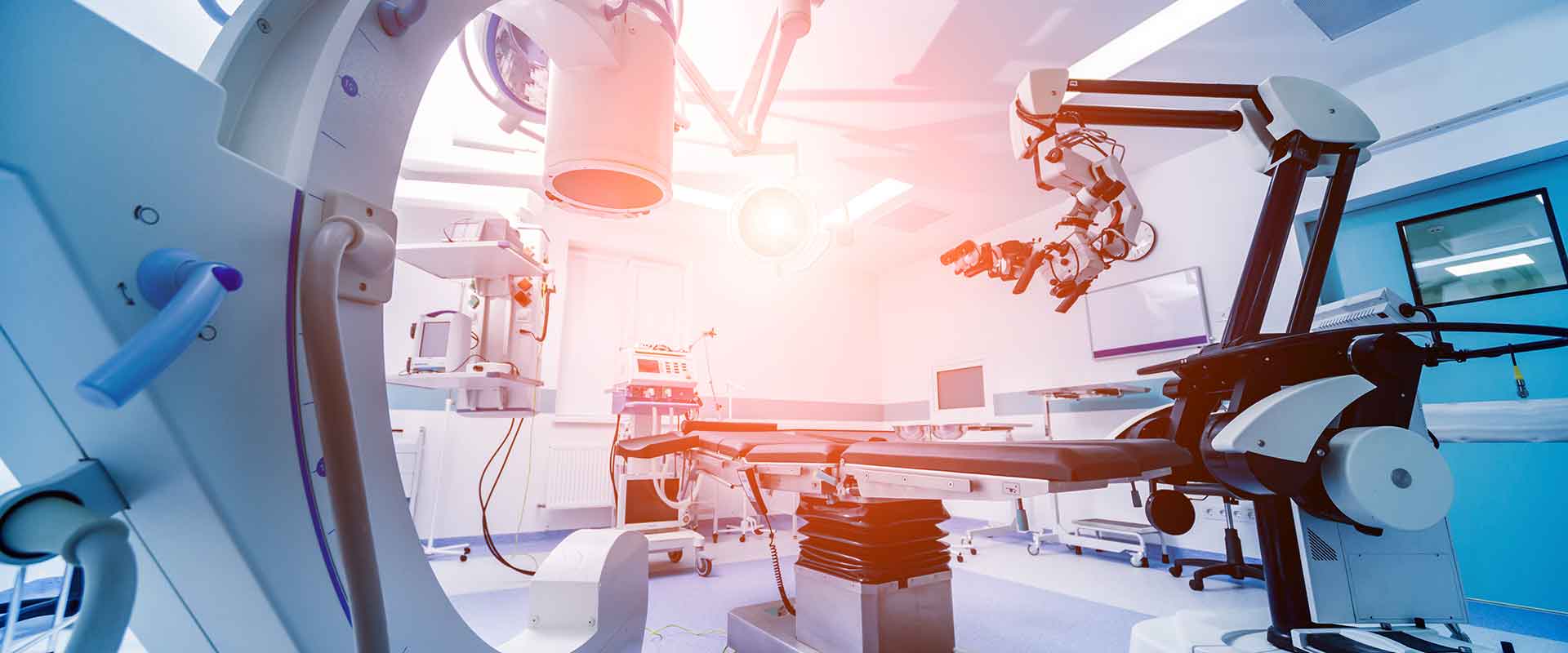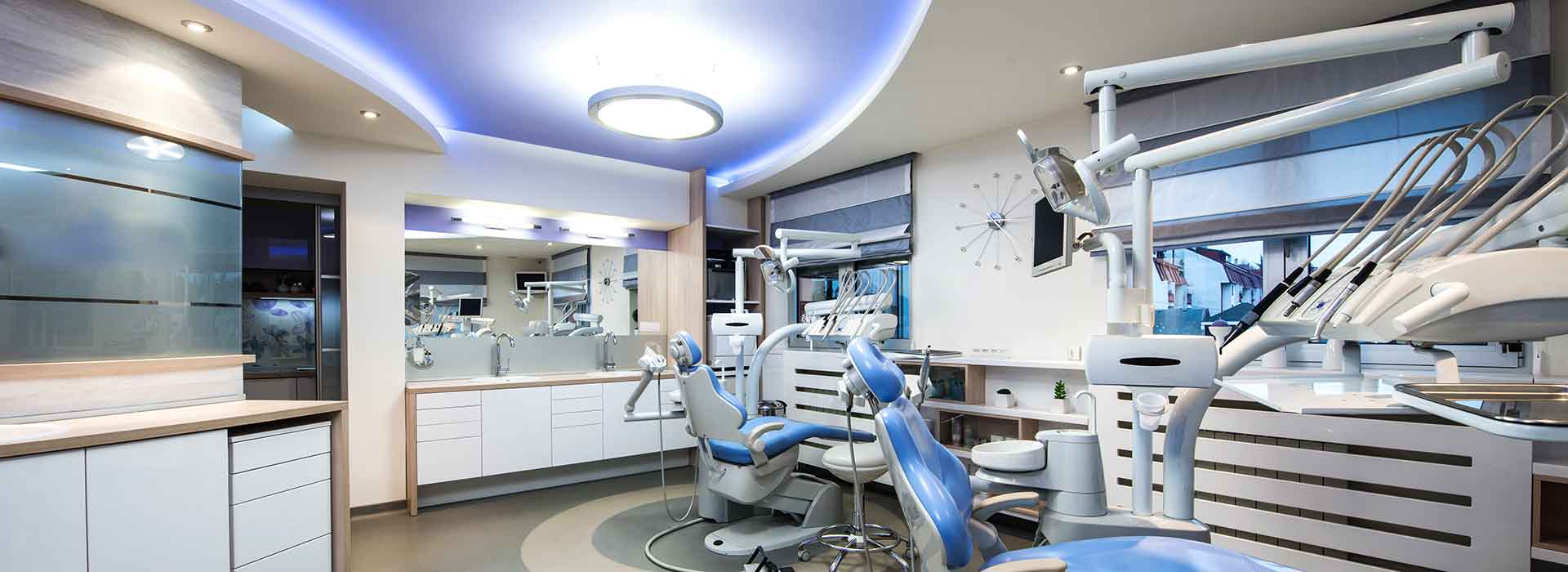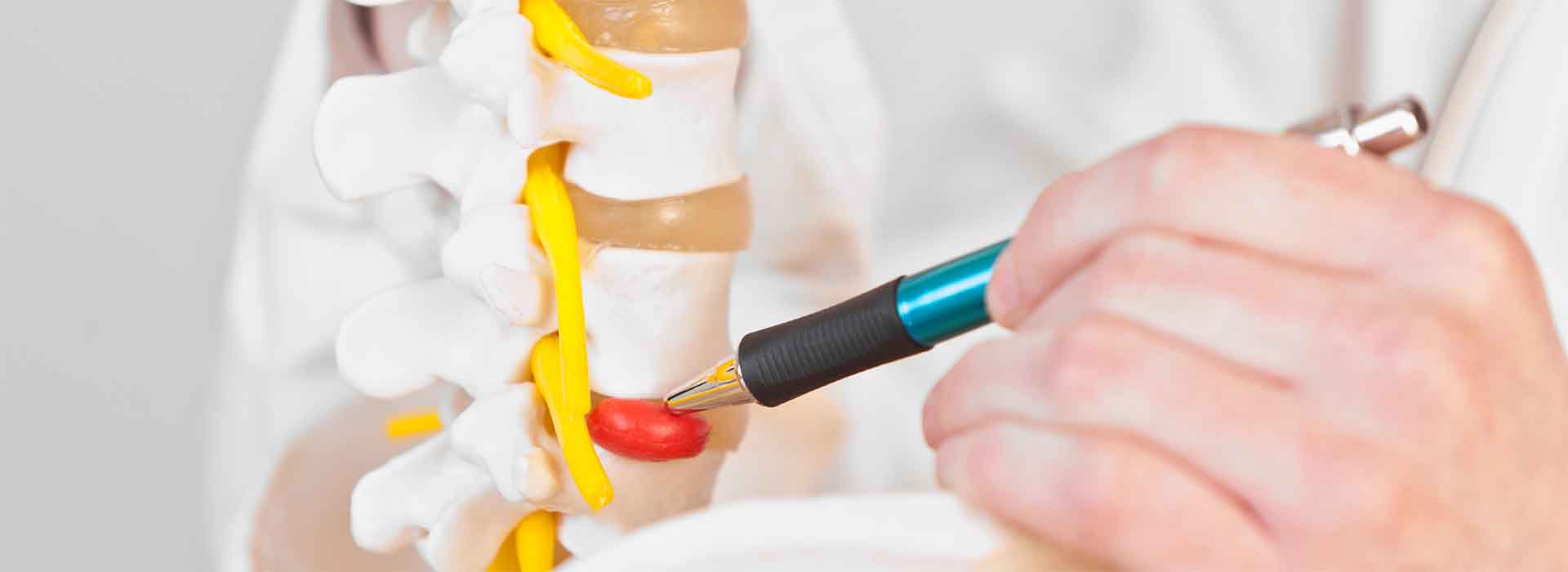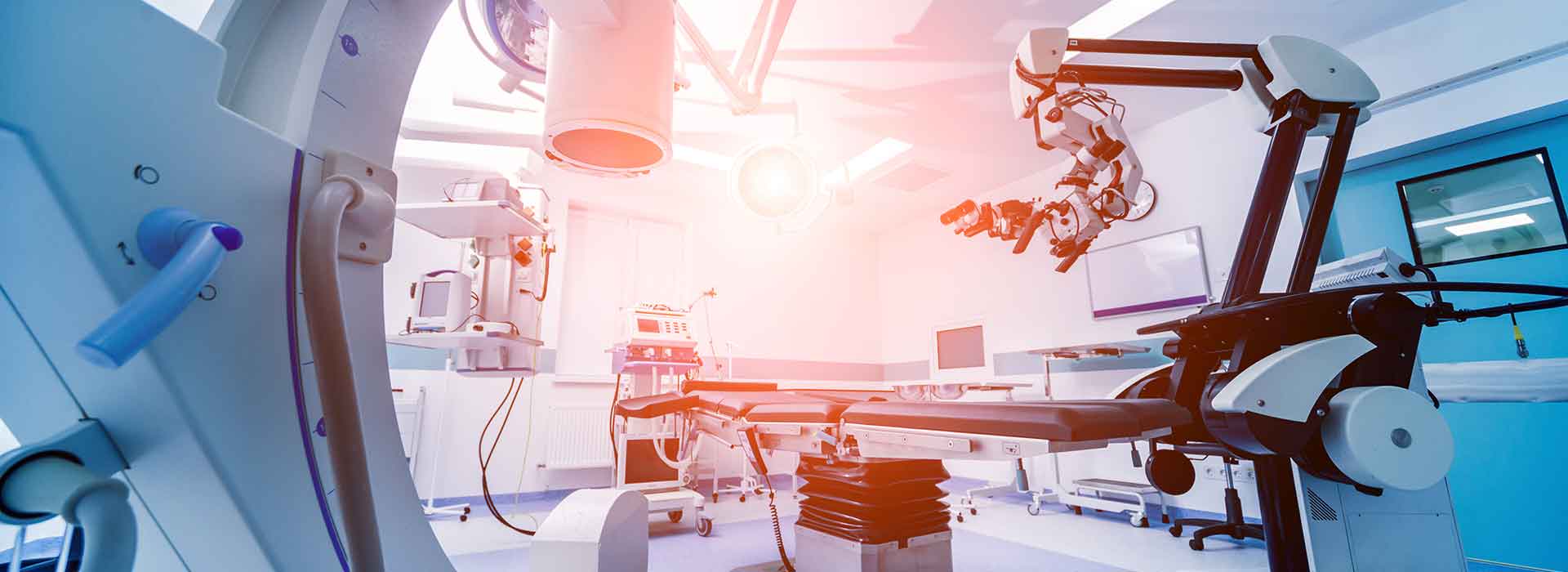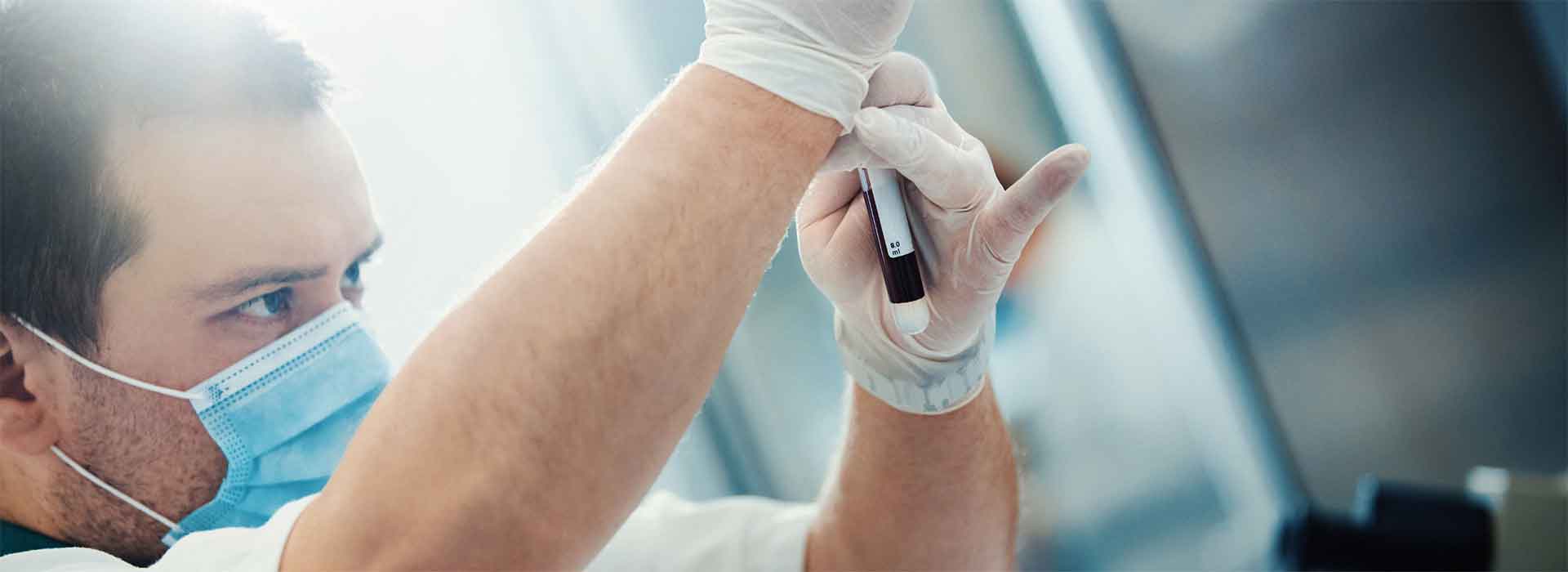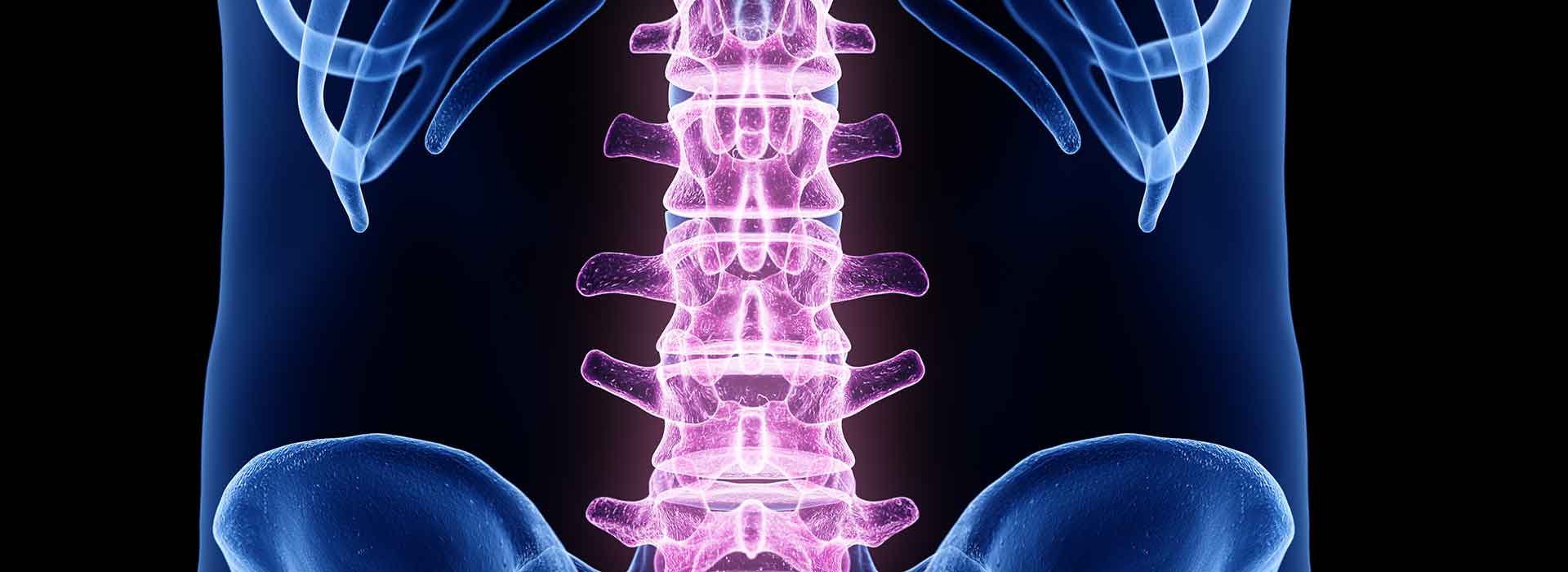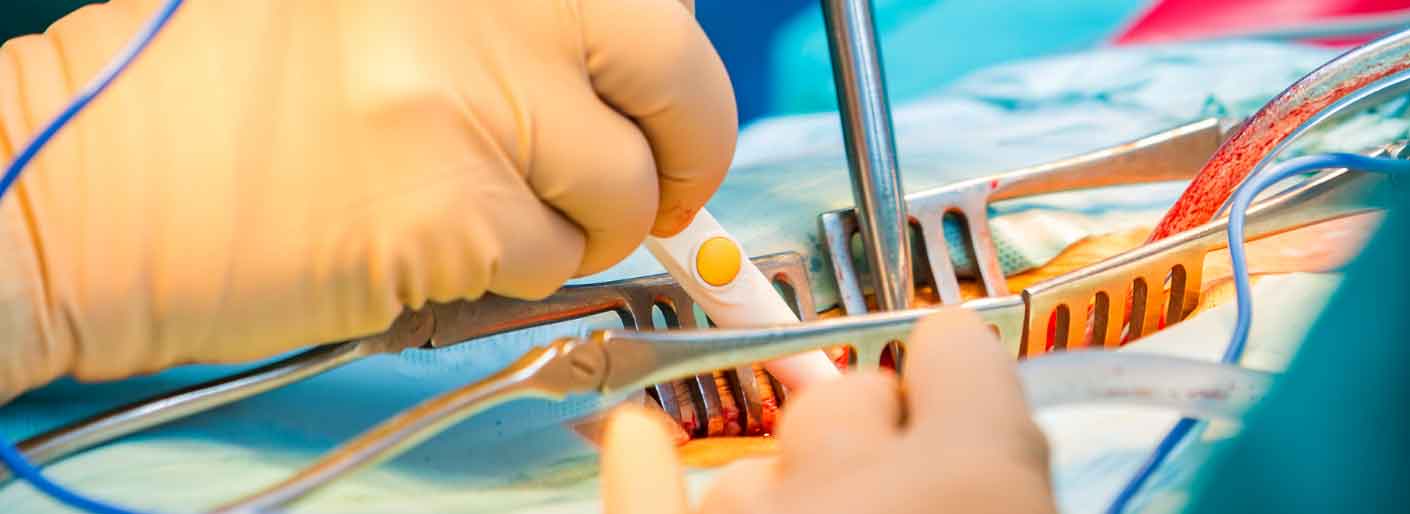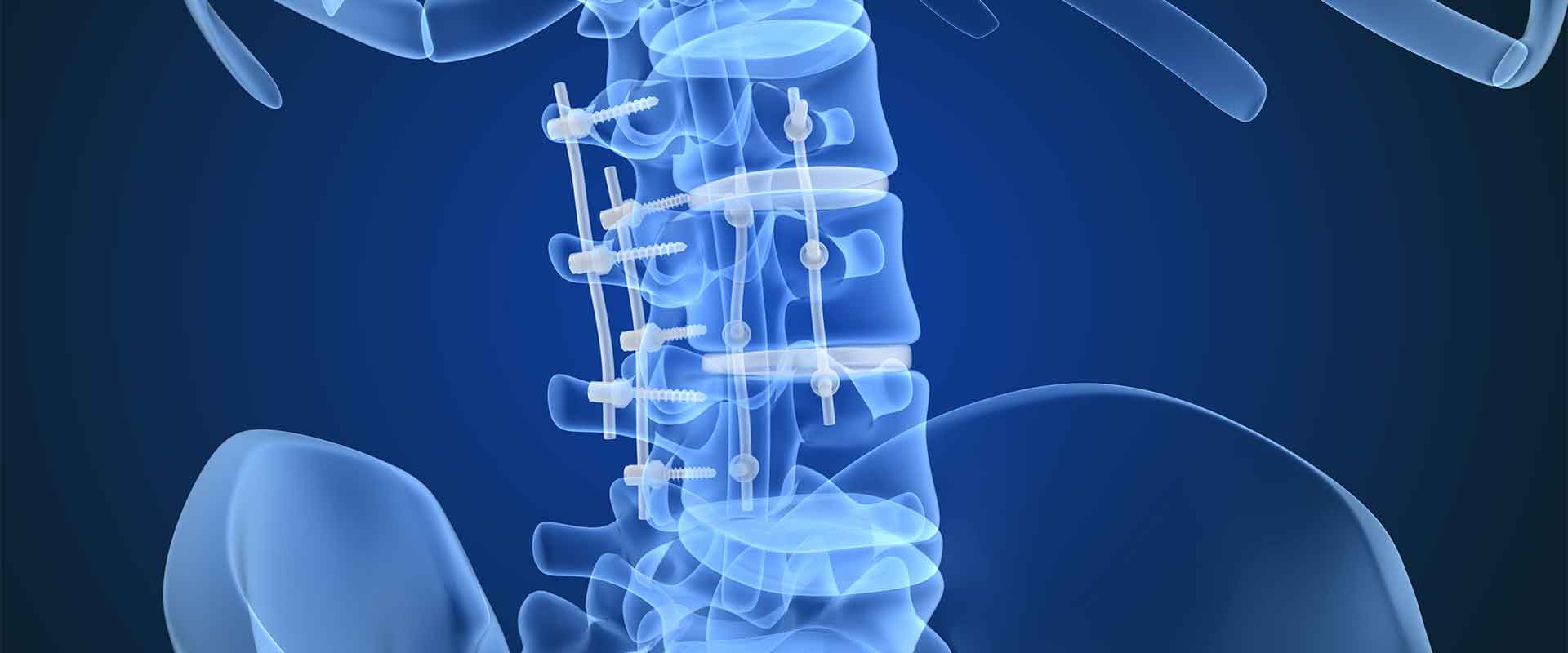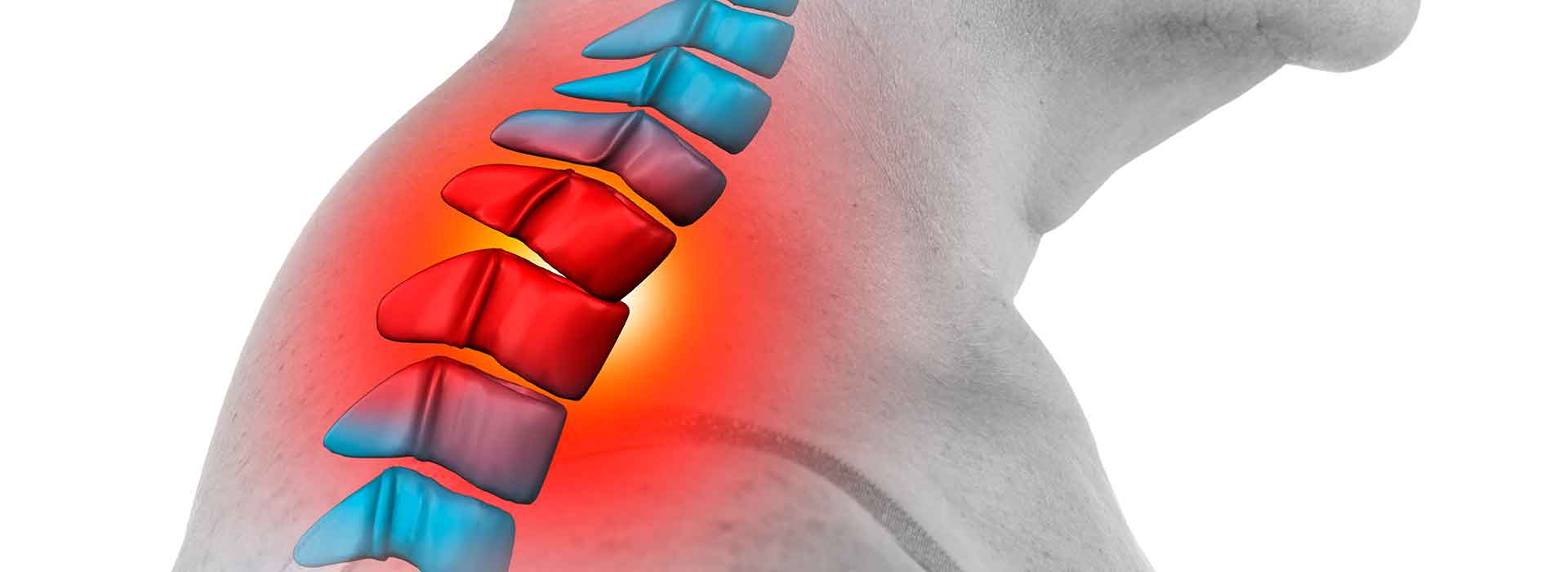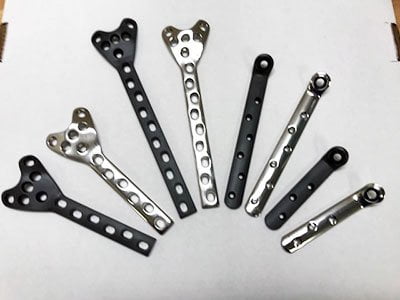Medical grade PEEK has been the subject of extensive safety research, dating back more than a decade, and the results have been unequivocally positive. Although the human body is a challenge for most implant materials, medical grade PEEK is one of the few that offers total biocompatibility. Assessing this biocompatibility is something medical researchers do on multiple levels. Researchers assess the material’s cytotoxicity (its potential to harm the body’s cells), genotoxicity (its potential to do genetic damage) and immunogenesis (its potential to provoke an adverse reaction from the body’s immune system). In all three cases, PEEK was shown to be as safe as ceramic or titanium.
This reality is encouraging for medical professionals, as competing biomaterials are facing challenges that PEEK can overcome. For example, titanium does not simulate bone in rigidity or its ability to bear weight. This can lead to loss of bone density in some instances, which is an outcome that should be mitigated. PEEK provides an attractive alternative on this front because it closely mimics the modulus of cortical bone.This is what science has to say about medical grade PEEK and its use in patients:
1. Cytotoxicity – PEEK has undergone many animal and human studies to reveal any potential for cytotoxicity, and none has been detected. Materials that are cytotoxic produce cell death upon exposure. Clearly, any material that is directly toxic to cells will not function as an implant material.
Multiple human studies have looked at how PEEK compares to titanium, regarding how the material affects cellular function. Perhaps the most influential of these studies was published in 2008, in Biomaterials. That study confirmed that the osteoblast response to PEEK is comparable to Titanium.
2. Genotoxicity – Researchers have concluded that PEEK generates no signs of genetic or cellular damage.
Genotoxicity is something that consumers are unlikely to consider, but it is implicated in severe adverse reactions, including the formation of deadly cancers. Researchers can get a handle on a material’s genotoxicity quickly, however, so only a few studies on PEEK’s genotoxicity have been necessary.
The most significant of them was also published in Biomaterials, this time in 2002. In this study, seven genotype variants of salmonella bacteria were exposed to PEEK, both with solvent and without solvent. Tests run without solvent predictably showed no damage to genetic material. Once solvent was added, the number of mutants did not increase after PEEK was added to the solution.
3. Immunogenesis – Immunogenesis exists separately from cytotoxicity and genotoxicity. Even though a material may not be toxic, it may still be registered as a threat to the body, resulting in an immunological response. Several animal studies, as well as patient reviews analyzing people who have received PEEK spinal implants, have been used to determine whether medical grade PEEK generates an immune response. The answer is a strong “no” in favor of PEEK.
The primary animal study targeting PEEK immuogenesis was published in the Journal of Biomedical Materials Research in 1992. That study consisted of two phases. The first involved implanting PEEK in rabbit muscle tissue. During the second phase, PEEK was purposed for internal fixation, specifically for femoral osteotomies in canines. In both instances, PEEK did not produce a specific foreign body reaction.
These results seem obvious in hindsight, given the bulk of patient cases involving the use of PEEK implants. Several analyses of patient data have shown that there is no immunogenesis risk in human patients.
Medical grade PEEK, which refers to both Carbon-Filled PEEK and unfilled PEEK, is proven to be nontoxic to cells, nontoxic to genetic material and unresponsive to the human immune system.
Medical grade PEEK is more than just inert in the human body. It is entirely biocompatible, and proven to be safe with cellular and genetic material. Patients and their surgical teams can be confident that PEEK is a viable, long-term option for their implants.

